Art History is a useless degree…
We're all just barista's, right?
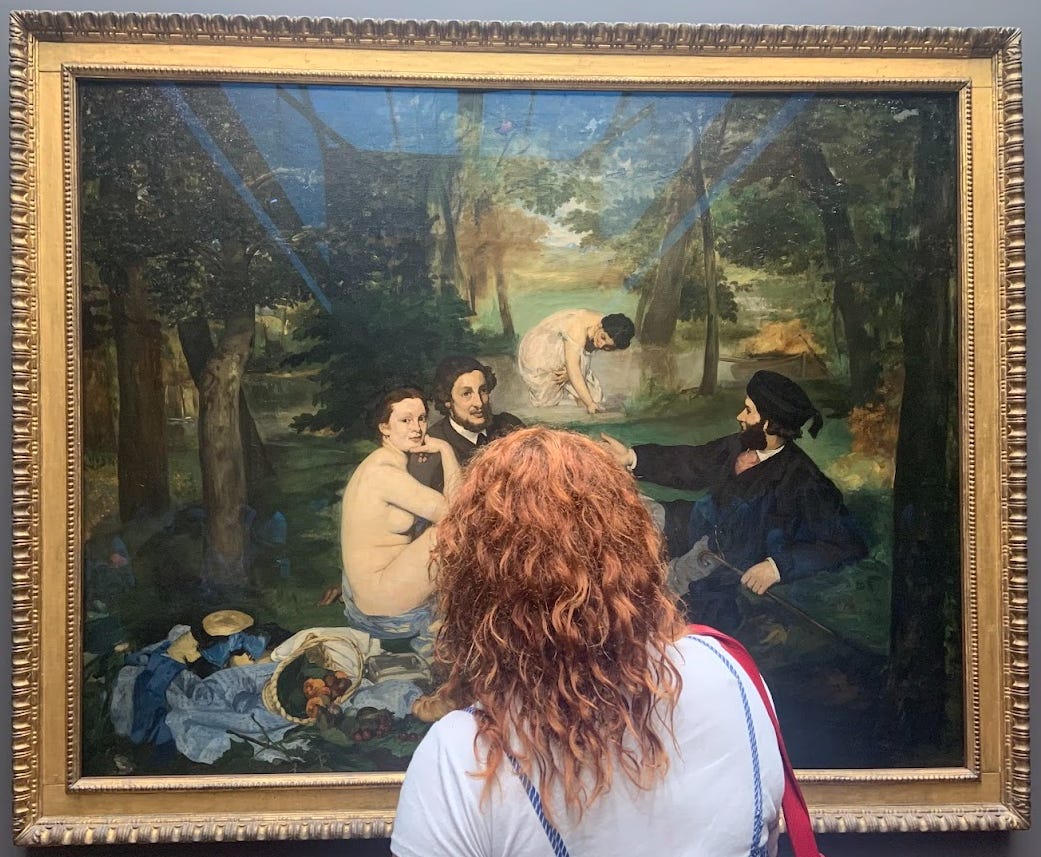
I’ve heard this sentiment many times throughout my academic and professional journey, and I have no doubt you've encountered the running joke about the "art history master's student" working as a barista. When it’s not being used as the punchline in humour, art history is often viewed as a hyper-specific, impractical degree stuck in the past or tethered to elite circles of privilege—where the wealthy use their art knowledge for tax evasion, social manoeuvring, and gatekeeping. You know, the typical art world shenanigans.
You might expect me to dismiss these criticisms as the biassed views of STEM enthusiasts, but here’s the uncomfortable truth: some of these criticisms aren’t entirely unfounded.
Because, yes, job prospects for art history graduates can be limited. Few art historians are employed with that exact job title outside of academia. For arts graduates as a whole, unemployment rates can range from 10.5% to 12.9%, depending on the specific area of study (Hyperallergic). Art history majors often struggle to find roles directly related to their degree, with many starting out in underemployment, working in positions that don’t fully utilise their skill set (American Academy).
But does that mean they're all stuck making lattes? Not quite.
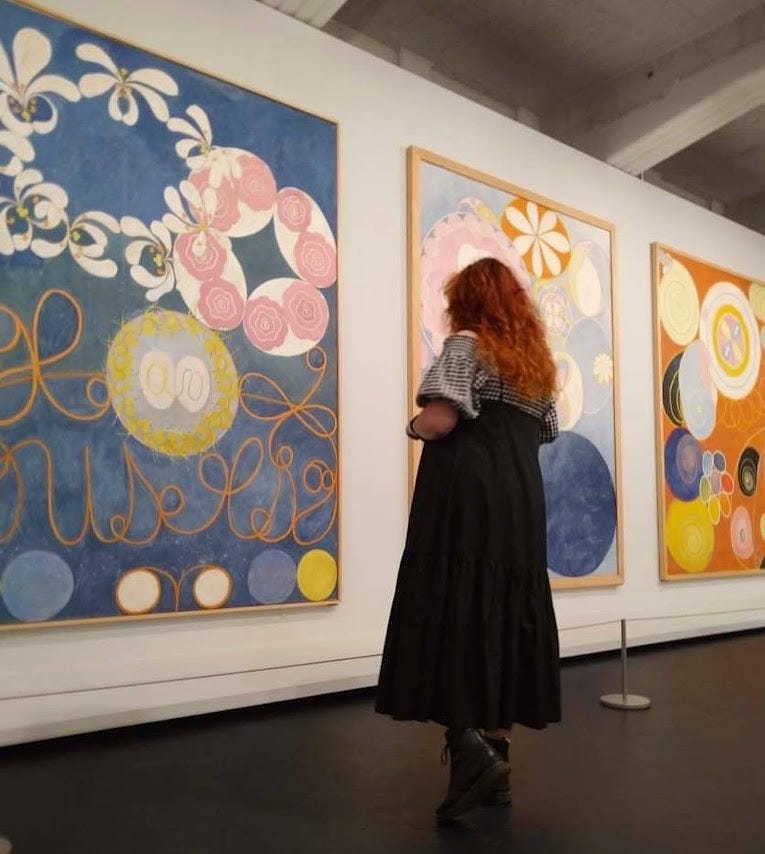
Employability
The GLAM sector (Galleries, Libraries, Archives, and Museums) is a significant employer of art history graduates. These institutions, critical for cultural preservation, public education, and tourism, offer various roles where art history expertise is invaluable. While entry-level roles like museum guides, hosts, or gallery attendants may not be glamorous, they provide an important foothold in a sector with career paths leading to roles like curators, archivists, or conservators. According to the U.S. Bureau of Labor Statistics, jobs in this field are projected to grow by 10% through 2032, outpacing average job growth (Artnet News; American Academy). This means that while the journey may be slow, opportunities in these fields are expanding.
Beyond the GLAM sector, art history graduates can find diverse career opportunities in several related sectors, including publishing, education, and cultural tourism. Each of these fields leverages the analytical and critical skills honed during their studies, alongside specialised knowledge of art and culture.
In the publishing sector, art history graduates often work as writers, editors, or art critics. They contribute to art journals, books, and magazines, providing insights on contemporary art trends, historical analyses, and critiques of exhibitions. Furthermore, art writers may collaborate with museums and galleries to produce catalogues and promotional materials, merging their expertise with commercial publishing efforts.
In education, art history graduates can become educators at various levels, from primary schools to universities. They can teach art appreciation, art history, and even interdisciplinary courses that connect art with other subjects like philosophy or sociology. Teaching roles can provide a fulfilling career path, one that emphasises the importance of critical thinking and cultural literacy.
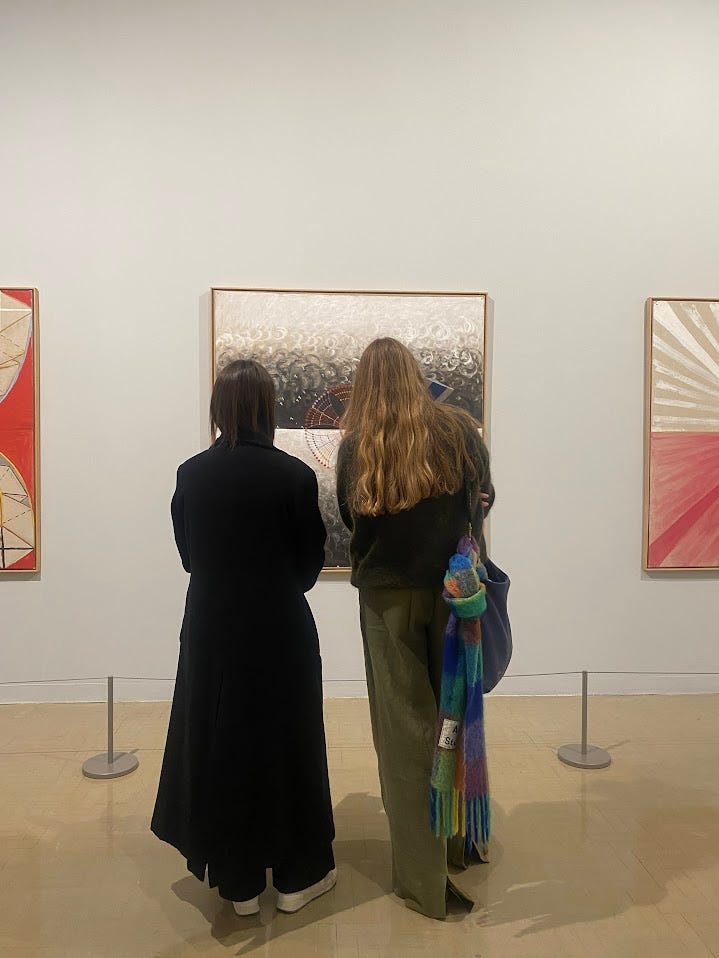
The field of cultural tourism is also experiencing growth, with art history graduates playing vital roles in developing and promoting tours focused on art and heritage. They may work for tour companies, museums, or cultural organisations to create educational programs that enrich the visitor experience, largely lead by the booming interest in experiential learning and travel. According to the National Endowment for the Arts, the arts and culture sector contributes significantly to the economy, with tourism-related arts jobs expected to grow as more people seek immersive cultural experiences (Artnet News).
On a less tangible but equally important level, the skills honed through an art history degree—critical thinking, cultural literacy, and the ability to analyse visual media—are indispensable in today’s post-truth world. Art history isn’t just about "old" art; it intersects with a wide array of disciplines, from philosophy and anthropology to feminism and queer theory. This interdisciplinary framework equips graduates with the tools to engage deeply with the world, interpret media critically, and build persuasive arguments based on research and evidence. All of which make for a highly employable candidate.
Elitism in the Field
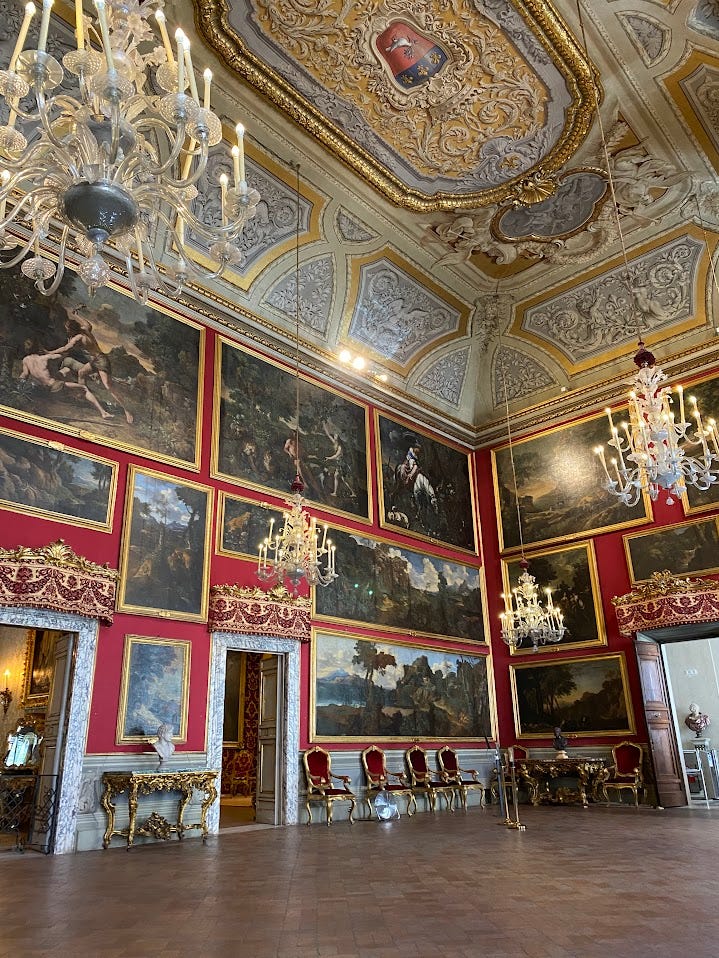
But yes, the art world can be elitist. Historically, art history as a discipline was built on the foundations of wealthy white men shaping cultural value. The funding gaps in the GLAM sector only reinforce this, with donations from affluent individuals often driving the direction of exhibitions and programming. This doesn’t mean, however, that progress isn’t being made. The demographic of people entering highly competitive roles like curatorship or museum directorship is slowly becoming more diverse, though we still have a long road ahead toward true equity.
Historically, the canon of art history was established largely by privileged individuals, leading to a narrow perspective that prioritised the works of specific artists and overlooked the contributions of women, people of colour, and other marginalised groups. According to scholar James Elkins, art history has traditionally centred on a Eurocentric view that not only privileges certain artworks but also the interpretations offered by those in power (Elkins, 2002; Muse). The consequences of this bias have been pervasive, influencing everything from educational curricula to museum collections.
The funding landscape in the GLAM sector has historically mirrored this elitist structure. Institutions often rely on donations from wealthy patrons, which can lead to a lack of diversity in exhibitions and programming. A report by the Andrew W. Mellon Foundation found that major art institutions in the U.S. are predominantly funded by a small group of affluent individuals, resulting in a skewed representation of artistic voices (Mellon Foundation, 2017; Hyperallergic). The reliance on this funding model not only influences what art gets shown but also who gets to tell the story behind that art.
Despite these challenges, progress is being made toward a more inclusive and equitable art world. The demographic landscape of curatorship and museum directorship is gradually changing. According to the American Alliance of Museums, there has been a concerted effort to recruit a more diverse workforce in the museum sector, with initiatives aimed at addressing systemic inequalities and expanding access to underrepresented groups (AAM, 2021; Bureau of Labor Statistics; Hilbert College). For instance, programs like the Getty's Multicultural Undergraduate Internships and the National Museum of African American History and Culture's internship program actively work to create opportunities for individuals from diverse backgrounds to enter the field (Getty Foundation, 2022). These initiatives are crucial for bringing fresh perspectives to curatorial practices and museum leadership, thereby enriching the narrative landscape of the art world.
Though it is a long road ahead, I still believe it is worth the struggle. The positives I have gained from my qualifications and my work in the field are immeasurable. I hope that by advocating for and uplifting those underrepresented within this field, positive and important change can be made.
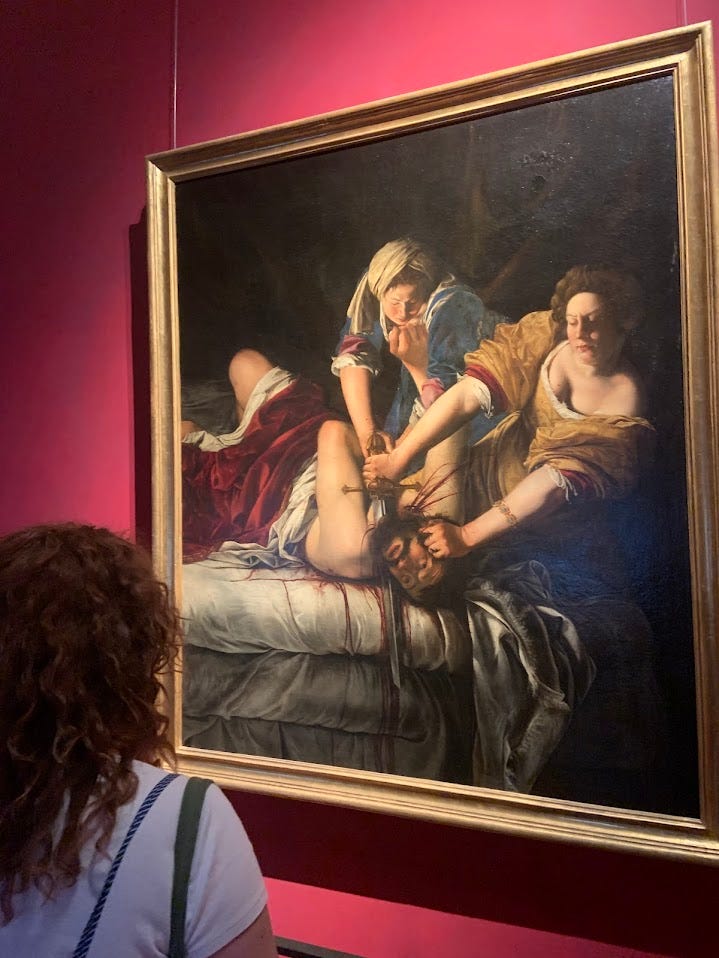
Where then does the animosity of art history come from?
What really worries me about the cultural turn against humanities subjects like Art History—due to their perceived ‘uselessness’—is its basis in anti-intellectualism. This trend poses a significant threat to critical thinking and informed discourse. Anti-intellectualism refers to scepticism or outright rejection of intellectual pursuits, often devaluing the work of scholars, experts, and educators. In recent years, this phenomenon has become increasingly visible, particularly as a cultural shift favours immediate, pragmatic outcomes over long-term intellectual development.
One major aspect of this trend is the shift in educational priorities. As universities and schools face budget cuts, humanities programs—like art history, philosophy, and literature—are often the first to be defunded. In contrast, fields perceived as directly leading to employment, like STEM, continue to receive more funding and institutional support. For instance, between 2010 and 2020, funding for arts and humanities programs in higher education dropped significantly in many countries, including the U.S. and the U.K., due to political and economic pressures to prioritise marketable skills (American Academy of Arts and Sciences, 2021; National Endowment for the Arts, 2018).
This devaluation of the humanities reflects a broader societal tendency to view education solely through the lens of economic utility. In 2019, the U.K. government proposed cutting arts education funding by 50% to redirect resources to subjects deemed "strategically important" for the economy (Open Access Government, 2020; The Observer, 2019). Similar trends have been observed in the U.S., where arts and humanities departments face constant pressure to justify their relevance, despite their essential role in fostering critical thinking and ethical reflection.
Yet, education isn’t just about creating job-ready workers. The humanities help develop analytical and empathetic individuals, teaching students to think critically, interpret complex information, and challenge societal norms. A 2020 report by the American Academy of Arts & Sciences emphasised that humanities graduates are equipped with valuable skills such as communication, problem-solving, and ethical reasoning—all crucial for navigating the complexities of modern society. These skills are essential in a "post-truth" era, where misinformation spreads rapidly and people are increasingly bombarded with visual and textual manipulation.
The rise of anti-intellectualism is also exacerbated by the increasing polarisation of political discourse. Figures like historian Richard Hofstadter have long warned about the dangers of anti-intellectualism in political life, where distrust of expertise can lead to populist, anti-elitist rhetoric (Hofstadter, 1963; Hofstadter, 1964). This has intensified in recent years, with politicians and public figures dismissing the value of expertise in favour of personal narratives, often appealing to emotions rather than reasoned debate.
In a culture steeped in anti-intellectualism, the work of art historians and other humanities scholars is critical. They challenge dominant narratives, unearth marginalised voices, and engage in meaningful discussions about culture and identity. By valuing the study of art and its history, we can cultivate a more informed and empathetic society, equipped to tackle the pressing challenges of our time.
In this context, education—especially in the humanities—is not just about personal advancement but about preserving democratic values and fostering civic engagement. By encouraging people to question dominant narratives and engage with diverse perspectives, the humanities play a critical role in maintaining an informed and empathetic society. Without this intellectual foundation, society risks becoming fragmented, focused solely on individual success and profit, with little regard for the broader social good.
Education, then, is indeed revolutionary. It equips individuals with the tools to advocate for their rights, hold leaders accountable, and build a society rooted in empathy and critical awareness. Being ‘intellectual’ does not negate your understanding of real-world experiences; in fact it contributes to it. In opposition, an uneducated public is one easy to control. Why do you think women, the working-classes and people of colour were only recently (in the grand scheme of human existence) given access to a formal education?
It is through our growing intellect that we can fight for our needs, our wants and our rights.
Even on a smaller scale, it allows us to engage with each other: our friends, family and neighbours, in a healthier way; if we have the ability to think for ourselves, and to articulate that clearly, our general communication person-to-person will also improve. Education therefore contributes to community building, the sharing of ideas, and the effective communication of disagreements. It’s essential to society at large, and to our own personal mental health and emotional wellbeing.
Education is therefore not only power, but freedom.
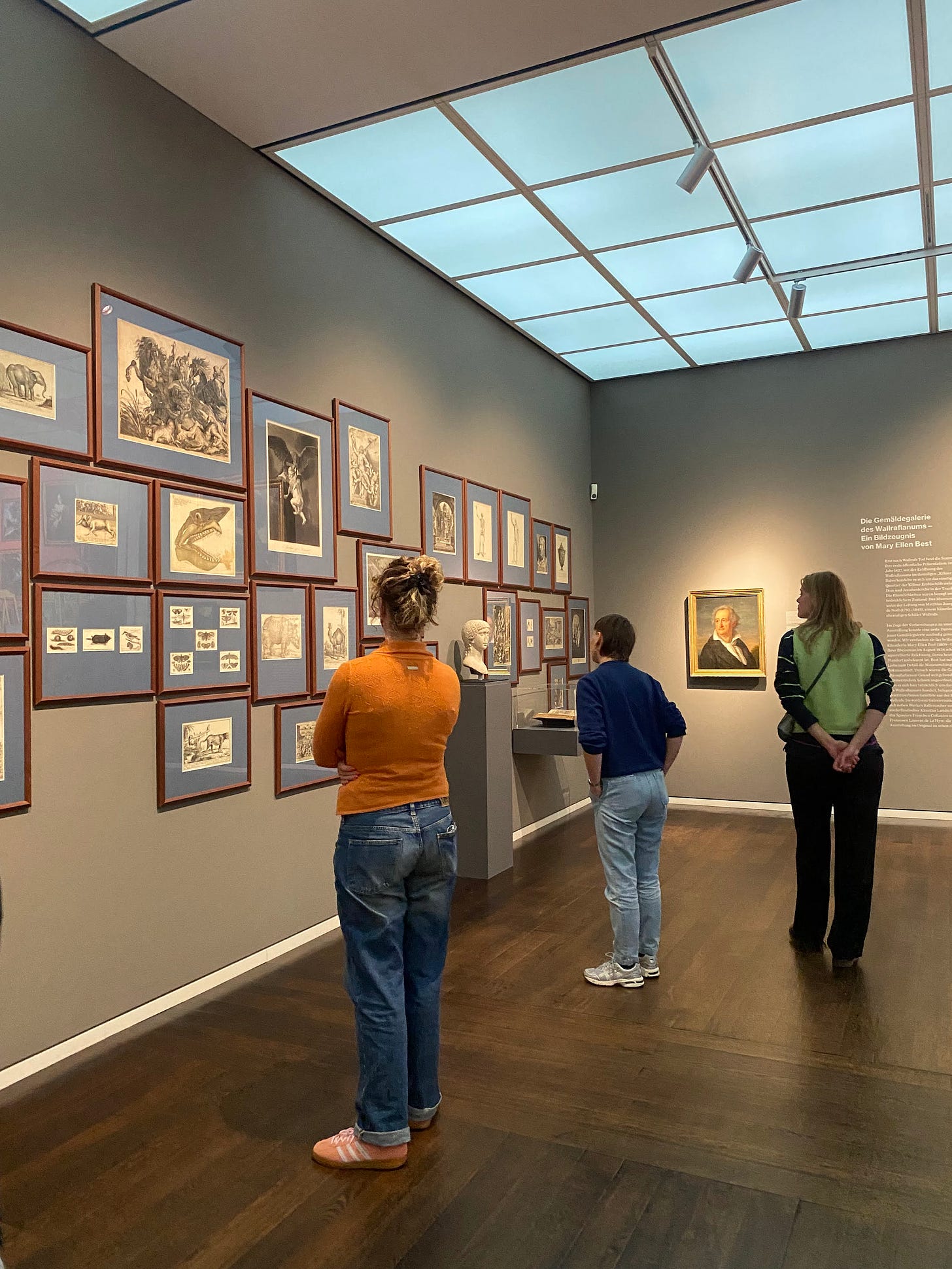
A Bright Future Ahead
Ultimately, while an art history degree may not lead to immediate wealth or social status, it offers invaluable skills that are applicable in various sectors. The potential to drive change within the art world and advocate for inclusivity is also a powerful motivator. As an art history graduate, I am proud to carry this legacy forward, fostering understanding and appreciation for art in its many forms.
Whether it's through publishing, teaching, or working in cultural institutions, there is a growing demand for individuals who can bridge the gap between art and society. As we face a rapidly changing world, the insights and perspectives of art historians will be crucial in navigating cultural complexities and fostering dialogue across diverse communities.
In the end, art history is more than just a degree; it's a lifelong journey of exploration and connection. It has the potential to shape our understanding of the world and contribute to a more equitable future.
If you take anything away from this short dedication to art history, and education on the whole, please, please please make it a part of your everyday life to keep learning. It doesn’t have to be art history; it can be any theoretical or challenging subject you find joy, intrigue or a passion for. But whatever it is, engage in it fully, faithfully, and fiercely.
Now, with all that said, I know that studying art history, or any other purely ‘academic’ field at university is not something that everyone can access. Cost of living, cost of studying, and availability of courses all makes this impossible. So, if you’re interested in learning more about art history, and about museums and galleries, read on for my recommendations on where to start! If you’re like me, you won’t regret the time you spend studying this fascinating and blossoming field.
(This list is a combination of my recommendations and further suggestions sourced from ChatGPT)
Foundational Art History Books
"Art History: A Very Short Introduction" by Dana Arnold and Marcia Pointon
This concise book offers a clear overview of key themes, methods, and debates in art history.Where to Buy: Amazon | Oxford University Press
"The Story of Art" by E.H. Gombrich
A classic that provides an engaging narrative of Western art from prehistoric times to the modern era.Where to Buy: Amazon | Penguin Random House
"Ways of Seeing" by John Berger
This influential work challenges traditional art criticism and encourages readers to think critically about art and visual culture (Go to YouTube to find his series for free).Where to Buy: Amazon | Penguin Random House
"Art Through the Ages" by Helen Gardner
A comprehensive textbook that covers a wide range of art movements and styles throughout history.Where to Buy: Amazon | Cengage
"The Lives of the Artists" by Giorgio Vasari
A foundational text providing biographies of key artists from the Italian Renaissance, offering insight into their lives and works. This is often critiqued for being historical inaccurate- so don’t take what Vasari tells us as fact. However, it’s a book every art historian should have read at least once!Where to Buy: Amazon | Oxford University Press
Methodology in Art History
"Methods and Theories of Art History" by Elizabeth B. Stankiewicz
This book covers various methodologies used in art history, providing essential knowledge for students.Where to Buy: Amazon
"Art History: A Critical Introduction to Its Methods" by Chris Murray
This book explores major methodologies and offers critical perspectives on the discipline's development.Where to Buy: Amazon | Wiley
"Art History: A Global Perspective" by E.H. Gombrich
This updated edition discusses methodology and the evolution of art across different cultures.Where to Buy: Amazon
"Theories of Modern Art: A Source Book by Artists and Critics" edited by Herschel B. Chipp
This anthology compiles key texts discussing theories and methodologies that shaped modern art.Where to Buy: Amazon
"Art History and Its Methods: A Critical Anthology" edited by Eric Fernie
This collection presents key essays on art historical methodologies and their implications.Where to Buy: Amazon | Thames & Hudson
Journals
Art Journal
Published by the College Art Association, Art Journal features scholarly articles, critical essays, and reviews on contemporary art and art history. It often includes discussions on methodology and theory.Where to Subscribe: College Art Association
The Art Bulletin
This is one of the leading journals in the field, focusing on original scholarship in art history. It includes articles on a range of topics and often features critical assessments of art historical methodologies.Where to Subscribe: College Art Association
Journal of Art Historiography
This online journal publishes essays and reviews that critically examine the historiography of art and art history methodologies. It’s an excellent resource for those interested in the theoretical underpinnings of the field.Where to Access: Journal of Art Historiography
October
Known for its intellectual rigour, October publishes articles on contemporary art, visual culture, and critical theory. It often engages with philosophical questions surrounding art and its history.Where to Subscribe: October Magazine
Visual Studies
This interdisciplinary journal focuses on the analysis of visual culture, incorporating aspects of art history, cultural studies, and media studies. It encourages critical engagement with visual representation and methodology.Where to Subscribe: Taylor & Francis Online
Magazines
Artforum
A leading contemporary art magazine that features reviews, essays, and interviews with artists and curators. It often discusses art history in relation to contemporary practices and theories.Where to Access: Artforum
Frieze
This magazine covers contemporary art and culture, providing critical essays, artist profiles, and exhibition reviews. It engages with current debates in art history and theory.Where to Access: Frieze
The Burlington Magazine
Focused on fine art, this magazine covers various periods and styles, emphasising scholarly articles and reviews. It has a strong reputation within the art history community.Where to Subscribe: The Burlington Magazine
Apollo Magazine
This magazine covers the art world broadly, including historical and contemporary art, exhibitions, and market trends. It also publishes insightful essays on art history and criticism.Where to Access: Apollo Magazine
Blogs
Hyperallergic
This blog offers a combination of news, criticism, and commentary on contemporary art and culture. It often addresses historical contexts and methodologies within art.Where to Access: Hyperallergic
The Jealous Curator
Founded by Danielle Krysa, this blog showcases contemporary artists and their works while often connecting them to art history. It’s a fantastic resource for discovering new talent and historical influences.Where to Access: The Jealous Curator
The Art History Babes
A collective of art historians who explore art history through a modern lens, discussing topics ranging from historical contexts to contemporary issues. Their engaging writing style makes complex ideas approachable.Where to Access: The Art History Babes
YouTube Channels
The Art History School
This channel provides engaging video essays on art history topics, covering significant artists, movements, and critical theories.Where to Access: The Art History Channel
Khan Academy Art History
A part of the broader Khan Academy, this channel offers a range of videos that cover key periods, styles, and artists in art history, making it a valuable educational resource.Where to Access: Khan Academy Art History
PBS Digital Studios - The Art Assignment
This channel explores contemporary art through a mix of art history and artistic practice. It often highlights artists' work and encourages viewers to engage with art critically.Where to Access: The Art Assignment
Free Online Courses
Modern Art & Ideas (and other courses)
Offered by MoMA, this course focuses on modern art and the ideas that shape it, encouraging learners to explore art as a means of communication and expression. Check out Coursera for other online courses on Art History (usually for free).Where to Access: Coursera
Paid Online Courses
Sotheby’s Institute Short Courses in Art History
Sotheby’s Institute offers short courses that cater to both art enthusiasts and professionals looking to advance their careers in the art world. These include five-day intensives focused on specific skills, such as art finance, marketing, or gallery management, and 12-week professional certificates designed for those aiming to enter the art industry. The courses provide expert-led lectures, site visits, networking opportunities, and practical learning in major art capitals like London and New York.Where to Access: Sotheby’s Institute (Sotheby's Institute)
Art History Fundamentals
The Great Courses focuses on major art movements, significant artists, and the context in which art is created. It's great for beginners wanting a comprehensive overview.Where to Access: The Great Courses
The History of Art: From Prehistory to Contemporary
Offered by the University of Amsterdam on Udemy, this paid course covers the evolution of art through various historical periods, examining key artworks and artists.Where to Access: Udemy
I personally have engaged with a range of these over the years, excluding the online courses. This post is not sponsored, and I do not gain any affiliate commissions.



I feel heard and finally, fellow art historians are talking about it. I have to give up my master's because of issues you address yet I was working in the field and now I am unemployed. Your writings though have given me a sense of belonging which I needed looking forward to more of you.
Love this! I have a Master’s in 18th century literature and I know that I’m definitely poorer for it, but hopefully also kinder 🤓